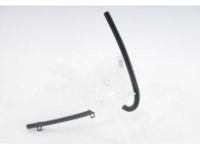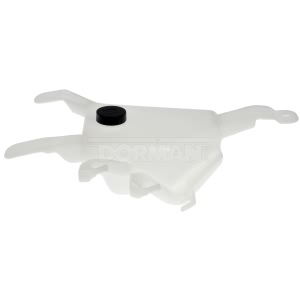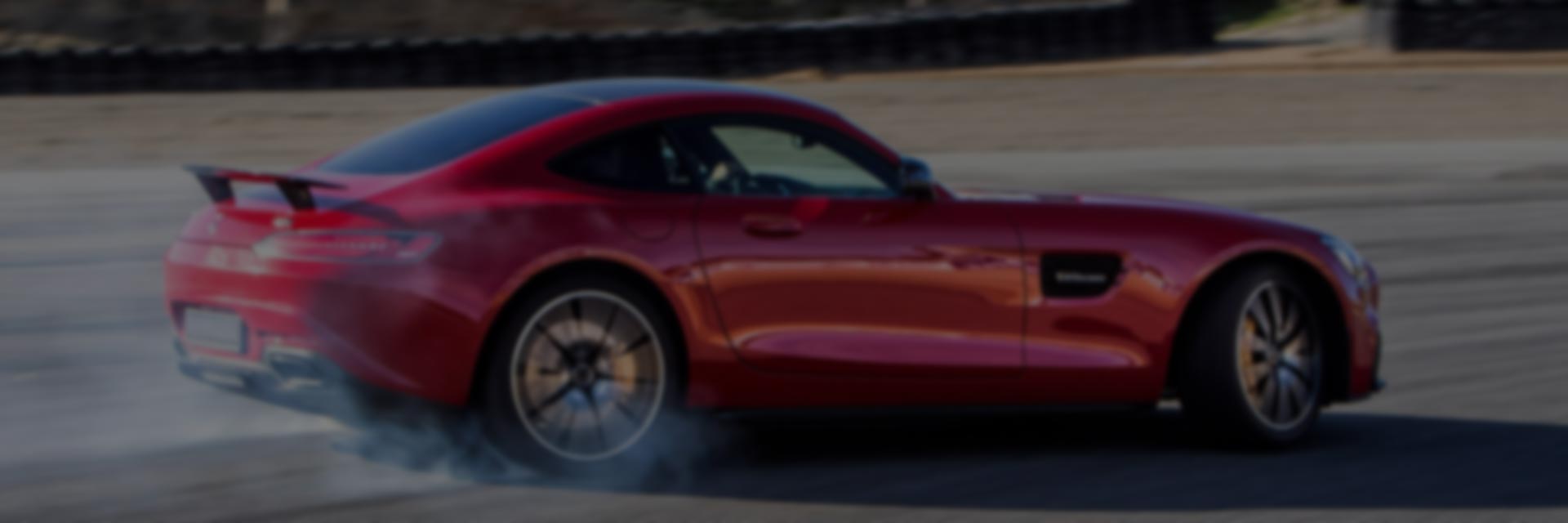< Back ×
My Vehicle Change Vehicle
2010 Chevrolet Express 3500
< Back to View All
Cooling Systems, Fans & Radiators
- Department
- Brands
- Prices
OEM (Genuine) 2010 Chevrolet Express 3500 Reservoir
PartNumber: 22892637 Product Specifications
Product Specifications- Notes: 6.6 Liter Diesel
- Other Names: Reservoir
- Item Dimensions: 20.8 x 14.5 x 10.2 inches
- Item Weight: 2.00 Pounds
- Fitment Type: Direct Replacement
- Replaces: 20969765, 15848518
- Part Description: 2010 Chevrolet Express 3500 Reservoir
Vehicle Fitment- 2010 Chevrolet Express 3500 | Base, LS, LT | 8 Cyl 6.6 L DIESEL
$111.80 MSRP:$175.78You Save: $63.98 (37%)

Dorman® Engine Coolant Recovery Tank for 2010 Chevrolet Express 3500
PartNumber: 603-078Product Specifications- Cap Type: Twist
- Color: White
- Material: Plastic
- Mount Hole Quantity: 1
- OE Part Number: 15060681, 15209981, 25739061, 25865663
- Pressurized: No
- UPC: 019495453154
- Part Description: 2010 Chevrolet Express 3500 Engine Coolant Recovery Tank
Vehicle Fitment- 2010 Chevrolet Express 3500 | All Trims | 8 Cyl 6.0L
- 2010 Chevrolet Express 3500 | All Trims | 8 Cyl 4.8L
$43.36OEM (Genuine) 2010 Chevrolet Express 3500 Recovery Tank
PartNumber: 25865663 Product Specifications
Product Specifications- Notes: 4.8, 5.3, & 6.0 Liter
- Other Names: Recovery Tank
- Item Dimensions: 4.6 x 20.4 x 13.1 inches
- Item Weight: 1.40 Pounds
- Replaces: 15209981, 25739061
- Part Description: 2010 Chevrolet Express 3500 Recovery Tank
Vehicle Fitment- 2010 Chevrolet Express 3500 | Base, LS, LT | 8 Cyl 4.8 L FLEX, 8 Cyl 4.8 L GAS, 8 Cyl 6.0 L CNG, 8 Cyl 6.0 L FLEX, 8 Cyl 6.0 L GAS
$51.81 MSRP:$78.16You Save: $26.35 (34%)

Dorman® Engine Coolant Recovery Tank for 2010 Chevrolet Express 3500
PartNumber: 603-239Product Specifications- Cap Maximum Pressure Rating: 15 PSI
- Cap Type: Spring Loaded Twist
- Color: Clear
- Height: 225.4 mm
- Length: 381.6 mm
- Material: Plastic
- Mount Hole Quantity: 3
- OE Part Number: 22892637, 15848518, 20969765
- Pressurized: Yes
- UPC: 019495516996
- Part Description: 2010 Chevrolet Express 3500 Engine Coolant Recovery Tank
Vehicle Fitment- 2010 Chevrolet Express 3500 | All Trims | 8 Cyl 6.6L
$88.92
FAQ for Coolant Reservoir Repair
Q: How do you remove the radiator surge tank inlet hose/pipe?
A:
You need to partially drain the cooling system, reposition the surge tank inlet hose clamps, and then remove the surge tank inlet hose from the surge tank and the surge tank inlet hose from the radiator.
By Bob
GM Specialist
01/11/2022Q: How do you install the radiator surge tank?
A:
You can connect the surge tank electrical connector, install the surge tank to the vehicle, the surge tank retaining bolt and the surge tank outlet hose to the surge tank, reposition the surge tank outlet hose clamp, install the surge tank inlet hose to the surge tank, reposition the surge tank inlet hose clamp, install the overflow hose to the surge tank, and then fill the cooling system.
By Bob
GM Specialist
01/11/2022Q: How do you install the coolant recovery reservoir?
A:
You can install the coolant recovery reservoir and the coolant recovery reservoir retaining screws, connect the hose to the coolant recovery reservoir, and then add coolant to the reservoir.
By Bob
GM Specialist
01/11/2022Q: What is the removal procedure for the radiator surge tank?
A:
The procedure is to partially drain the cooling system, remove the overflow hose from the surge tank, reposition the surge tank inlet hose clamp, remove the surge tank inlet hose from the surge tank, reposition the surge tank outlet hose clamp, disconnect the surge tank outlet hose from the surge tank, remove the surge tank retaining bolt, tilt the surge tank assembly and disconnect the surge tank electrical connector, and then remove the surge tank from the vehicle.
By Bob
GM Specialist
01/11/2022Q: What is the installation procedure for the radiator surge tank inlet hose/pipe?
A:
The procedure is to install the surge tank inlet hose to the radiator and the surge tank inlet hose to the surge tank, reposition the surge tank inlet hose clamp and then fill the cooling system.
By Bob
GM Specialist
01/11/2022Q: How do you install the radiator vent inlet hose?
A:
You can install the vent hose to the vehicle, connect the vent hose to the radiator and the vent hose to the throttle body, install the coolant recovery reservoir, and then fill the reservoir with coolant.
By Bob
GM Specialist
01/11/2022Q: What is the removal procedure for the radiator vent inlet hose?
A:
The procedure is to drain the coolant from the reservoir, and then remove the coolant recovery reservoir, the vent hose from the throttle body, the vent hose from the radiator, and the vent hose from the vehicle.
By Bob
GM Specialist
01/11/2022Q: What is the removal procedure for the coolant recovery reservoir?
A:
The procedure is to partially drain the coolant, disconnect the hose from the coolant recovery reservoir, and then remove the coolant recovery reservoir retaining screws and the coolant recovery reservoir.
By Bob
GM Specialist
01/11/2022See more FAQs (3)



